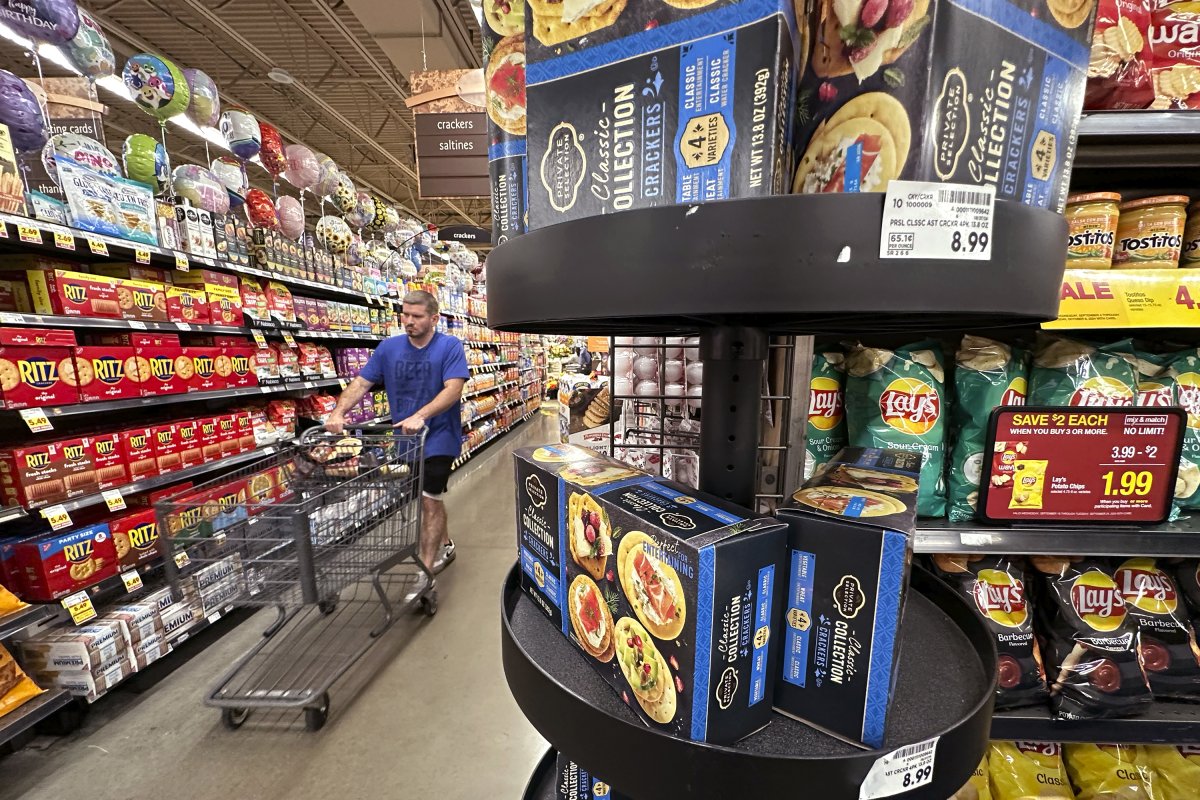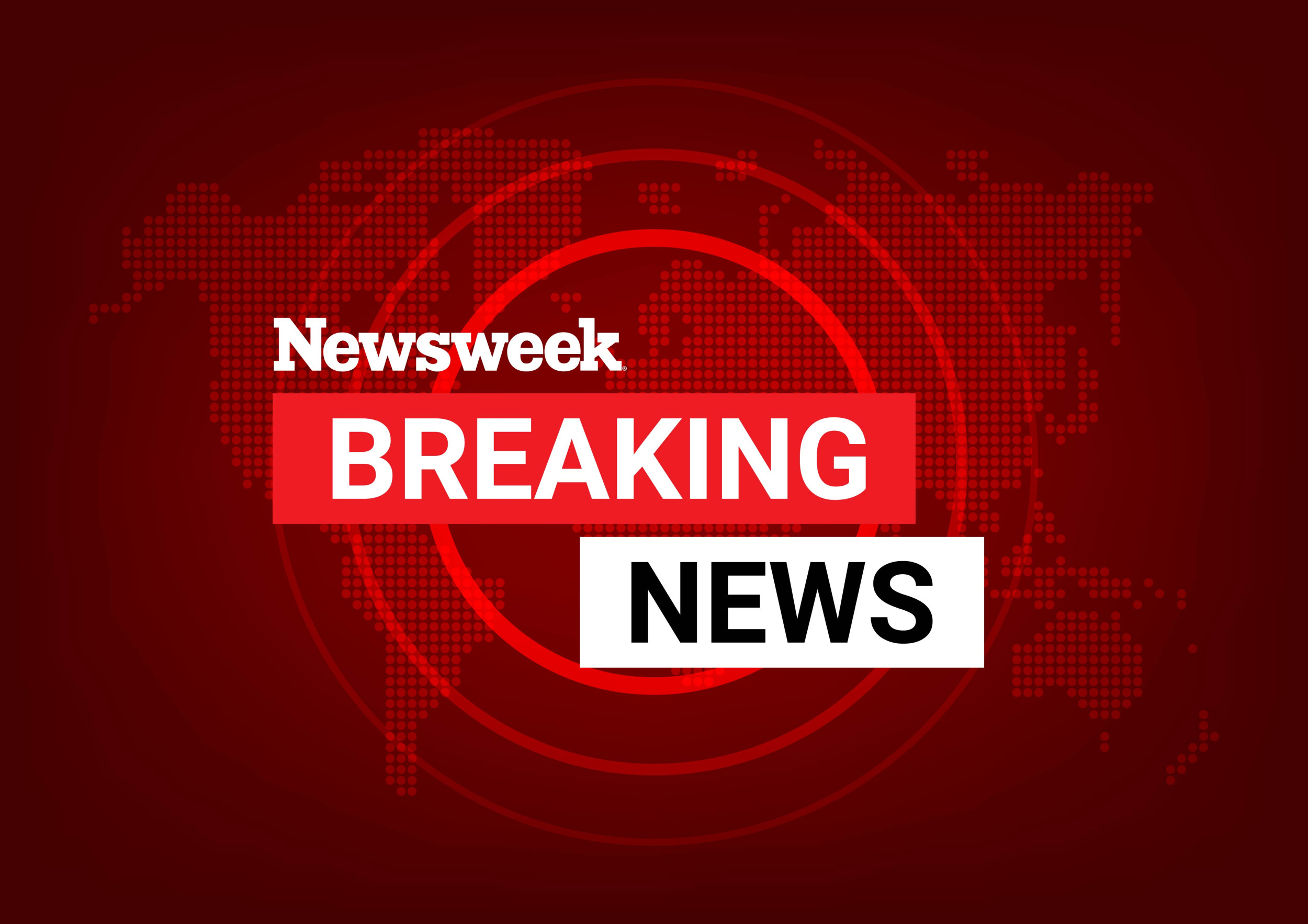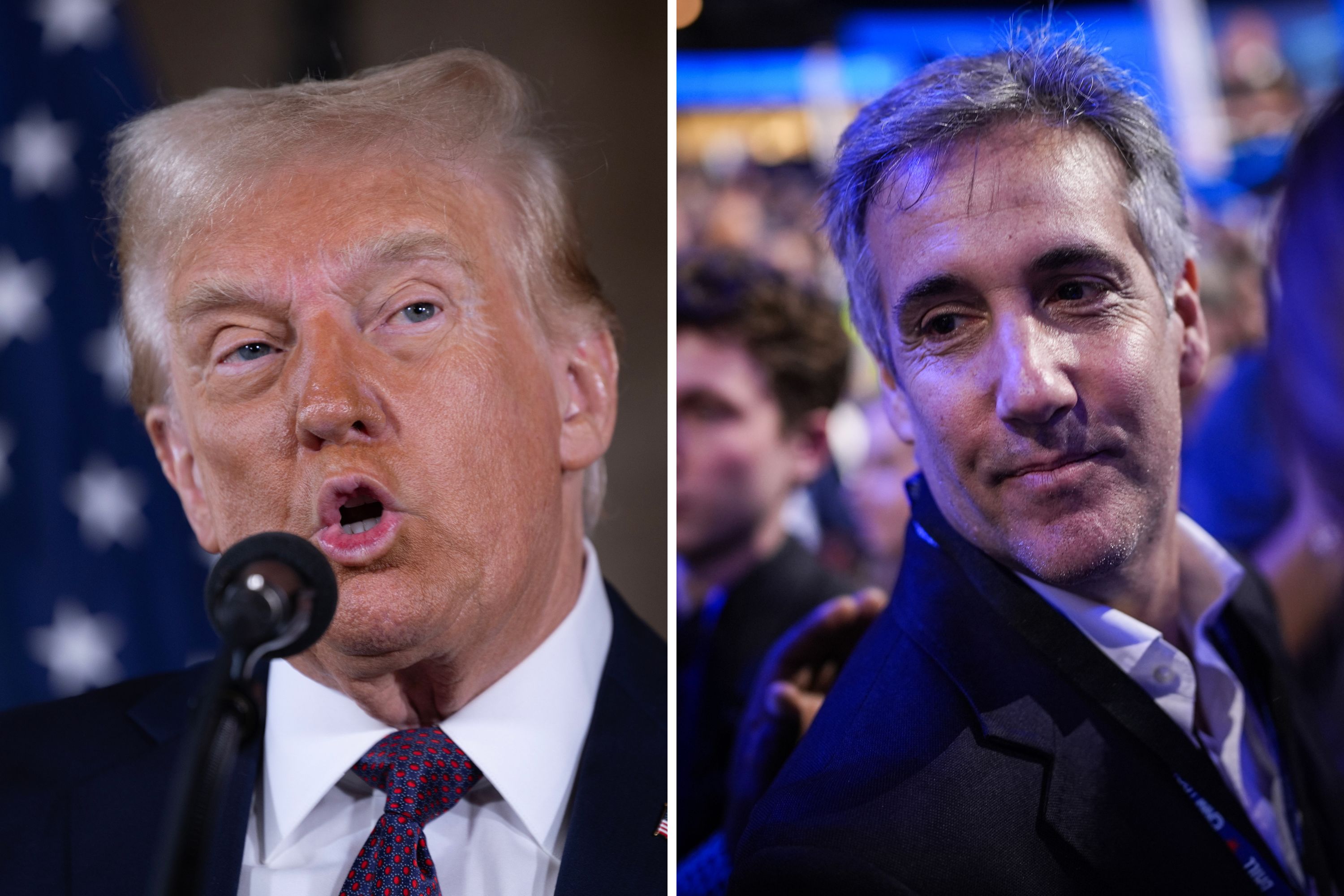October's annual inflation rate may have ticked up for the first time in seven months, suggesting the period of steady price declines could be stabilizing after more than two years of gradual cooling.
Donald Trump's election victory has introduced significant uncertainty about future inflation trends and how the Federal Reserve might respond if inflation picks up again. Trump has pledged to curb inflation, primarily through expanded oil and gas drilling.
However, mainstream economists caution that some of his proposals—including imposing steep tariffs on imports and conducting mass deportations of migrants—could have inflationary effects if fully enacted, potentially driving up costs across various sectors and complicating inflation control efforts.

"Tax cuts and tariffs, among other policy proposals, have the potential to materially affect inflation, inflation expectations and economic growth," said Seema Shah, chief global strategist at Principal Asset Management. "With uncertainties around tax and trade policies, inflationary pressures, and economic resilience, the Fed is likely to slow its rate-cutting pace."
What Is the Current Inflation Rate?
Economists surveyed by FactSet estimate that consumer prices rose 2.6 percent in October compared to a year earlier, up from September's 2.4 percent increase. On a month-to-month basis, prices are expected to have grown by 0.2 percent from September to October, maintaining the same pace as the previous month. These figures suggest a modest uptick in inflation, potentially indicating a shift toward steadier price levels.
Excluding the often-volatile food and energy sectors, core prices are projected to have increased 3.3 percent year-over-year, consistent with the previous month's rate. From September to October, core prices are expected to have risen 0.3 percent for the third consecutive month—a pace that, if maintained, would surpass the Federal Reserve's two percent inflation target. This steady increase in core inflation suggests ongoing pressures that could challenge the Fed's inflation objectives.

How Will Inflation Impact the Economy?
A rise in prices could heighten concerns in financial markets that inflation control efforts are losing momentum. This trend might lead the Federal Reserve to reconsider plans for reducing its key interest rate in December, despite earlier signals from officials suggesting potential rate cuts. Sustained inflationary pressures could prompt the Fed to maintain a more cautious approach to rate adjustments.
However, most economists remain optimistic that inflation will resume its downward trend over time. Consumer inflation, which surged to a peak of 9.1 percent in 2022, has gradually eased, though prices remain approximately 20 percent higher than three years ago. This persistent higher cost has dampened public sentiment about the economy and played a role in diminishing confidence in the Biden-Harris administration's economic management, contributing to Kamala Harris' defeat in last week's presidential election.
What Does Trump's Win Mean for Wall Street?
Following Donald Trump's election victory, stock prices surged as investors showed optimism about his proposed tax cuts and deregulation, which they expect to stimulate the economy and increase corporate profits. However, bond yields also rose, signaling concerns that inflation could remain high or even climb further, while markets weigh the results of Trump's economic policies on long-term price stability.
The economy is performing more robustly than anticipated, expanding at an annual rate of nearly three percent over the past six months. This growth is largely driven by strong consumer spending, especially among higher-income households, which continues to stimulate economic activity and exceed earlier projections by economists.
This article includes reporting from The Associated Press




















 English (US) ·
English (US) ·